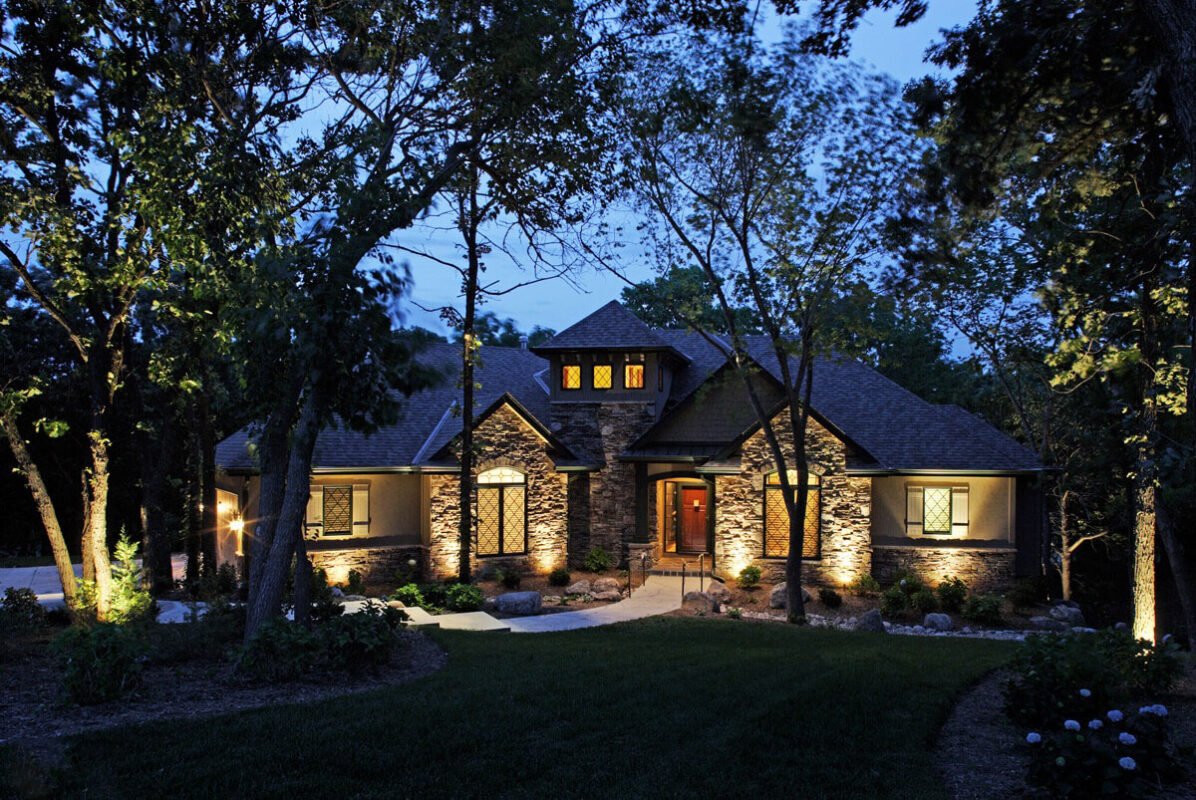Introduction to Garden Lighting Design
Creating a captivating garden that shines both day and night requires expert knowledge of garden lighting design. When it comes to transforming outdoor spaces, particularly in urban areas like London, where gardens often serve as a retreat from city life, the right lighting is essential. Thoughtfully placed lights can elevate the aesthetic appeal, provide safety, and create an inviting ambiance for evening gatherings. By focusing on lighting techniques that highlight natural features and architectural elements, you can turn an ordinary garden into a magical nighttime experience.

The Importance of Nighttime Garden Lighting
Effective nighttime garden lighting is more than a luxury—it’s a necessity for maximizing the usability of outdoor spaces after dark. Whether you are a landscape designer, garden owner, or lighting professional, the key is to combine functionality with aesthetics. In London, where architectural gardens flourish even in tight urban settings, lighting plays a critical role in defining the mood and enhancing garden features.
Enhancing Aesthetic Appeal with Lighting
Strategic placement of garden lights can transform even the simplest landscapes into visually stunning scenes. By illuminating specific plants, pathways, and water features, you create dynamic contrasts of light and shadow that add depth and dimension to the space. Utilizing uplighting for trees, spotlighting sculptures, and subtly lighting water features will make these elements pop, giving the garden a new life after sunset.
Key Considerations for Functional Garden Lighting
Lighting design should always balance aesthetics with function. Consider the following essential factors to ensure a cohesive approach:
- Lighting Zones: Divide your garden into distinct zones, each with its own lighting requirements. Pathways, seating areas, and focal points all benefit from different types of lighting.
- Layered Lighting: Just as in interior design, layered lighting (ambient, task, and accent) adds depth and versatility to outdoor spaces.
- Energy Efficiency: With increasing emphasis on sustainability, it’s important to incorporate LED lighting, solar-powered fixtures, and timers to minimize energy consumption.

Best Practices for Lighting Urban Gardens
For urban gardens, especially in bustling areas like London, space can be limited, and surrounding structures may affect how natural light interacts with the garden. Therefore, choosing the right lighting solutions for such environments requires careful planning.
Understanding Light Pollution in Urban Areas
One challenge faced by urban gardens is light pollution. It is crucial to select lighting fixtures that not only enhance the garden’s beauty but also reduce the impact of artificial lighting on the surrounding environment. Fitting lights with shields and choosing downlights over floodlights are excellent ways to control excessive light spill and ensure a more contained and eco-friendly lighting scheme.
Highlighting Architectural Features
Urban gardens often merge landscaping with nearby buildings. Architectural lighting that enhances pergolas, brick walls, or garden sculptures can bring cohesion between natural and man-made elements. Using uplights or wall-mounted fixtures can create striking visual interest while drawing attention to textures and materials.
Types of Garden Lighting Fixtures
An array of lighting fixtures is available to suit every design need. Below are some of the most effective fixtures for creating a balanced and beautiful nighttime garden.
Uplights
Uplights are perfect for highlighting trees, tall shrubs, and vertical structures. Placing uplights at the base of trees can emphasize their height and create dramatic effects through the interplay of light and shadow on the foliage.
Downlights
Downlights are useful for softly illuminating pathways, seating areas, and patios without creating glare. These fixtures mimic natural moonlight, offering a subtle and elegant look.
Spotlights
Spotlights are ideal for highlighting sculptures, water features, or any other focal point in the garden. By focusing light directly on the feature, you can create a stunning visual statement that draws attention and sets the mood.
Path Lights
Path lights ensure safety while also contributing to the aesthetic of the garden. Low-level fixtures guide visitors through the space and can be particularly useful for marking changes in elevation or outlining winding pathways.
Lighting Techniques for a Dramatic Garden Transformation
Several key lighting techniques can be used to create a visually captivating landscape at night. By mixing and matching these methods, you can emphasize different features and evoke varied emotions.
Silhouetting
Silhouetting involves placing a light source behind an object, such as a tree or statue, to create a striking shadow on a surface behind it. This technique works well when paired with architectural features like walls or fences and adds depth to the garden by playing with light and shadow.
Grazing
Grazing is the technique of placing light close to the surface of a structure, such as a wall or tree bark, and allowing the light to skim across the surface. This method emphasizes the texture of the material, adding a sense of richness and complexity to the garden.
Moonlighting
Moonlighting involves placing lights high up in trees and angling them downwards to create a soft, dappled light effect similar to moonlight. This method can give the garden a dream-like quality and is perfect for creating ambiance in seating or dining areas.
Recommended Lighting Plan for Urban Gardens
To maximize the impact of garden lighting in an urban setting, it is important to develop a lighting plan that aligns with the garden’s layout, architecture, and planting schemes. Below is a step-by-step guide to creating a comprehensive lighting plan for an urban garden.
Step 1: Evaluate the Garden
Begin by assessing the garden’s size, layout, and existing architectural features. Identify areas that require lighting for practical purposes (such as pathways or stairs) as well as features that should be illuminated for aesthetic reasons (such as sculptures or trees).
Step 2: Identify Key Features
Identify focal points in the garden that deserve special attention. Trees, water features, seating areas, and architectural elements should be considered. These features will form the core of your lighting design and help guide fixture placement.
Step 3: Choose Lighting Zones
Divide the garden into distinct lighting zones, each with a specific purpose. Pathways may require functional lighting, while focal points benefit from accent lighting. Use soft, ambient lighting for seating areas to encourage relaxation.
Step 4: Select Appropriate Fixtures
Based on the features and zones you have identified, choose lighting fixtures that will enhance both functionality and aesthetics. For example, use uplights for trees, downlights for patios, and path lights for walkways.
Step 5: Determine Light Placement
Consider where to place each light to achieve the desired effect. Avoid placing lights directly in the line of sight to prevent glare. Use varied heights and angles to create a dynamic and layered lighting scheme.
Step 6: Plan Energy Efficiency Measures
Incorporate energy-efficient fixtures such as LEDs or solar-powered lights. Consider adding motion sensors or timers to reduce energy consumption and create a more sustainable lighting plan.
Step 7: Test and Adjust Lighting Angles
Once the lights are installed, test them at night to see how they interact with the space. Adjust angles and placement as needed to ensure an even, natural, and visually appealing light spread.
Designing a garden lighting scheme that performs well both functionally and aesthetically requires thoughtful planning and execution. By understanding the role that lighting plays in transforming a nighttime garden and following the steps outlined above, you can create a visually stunning and energy-efficient outdoor space. Urban gardens, especially in cities like London, can benefit immensely from well-designed lighting solutions that blend with the natural and architectural elements, providing not just light but atmosphere and charm.




